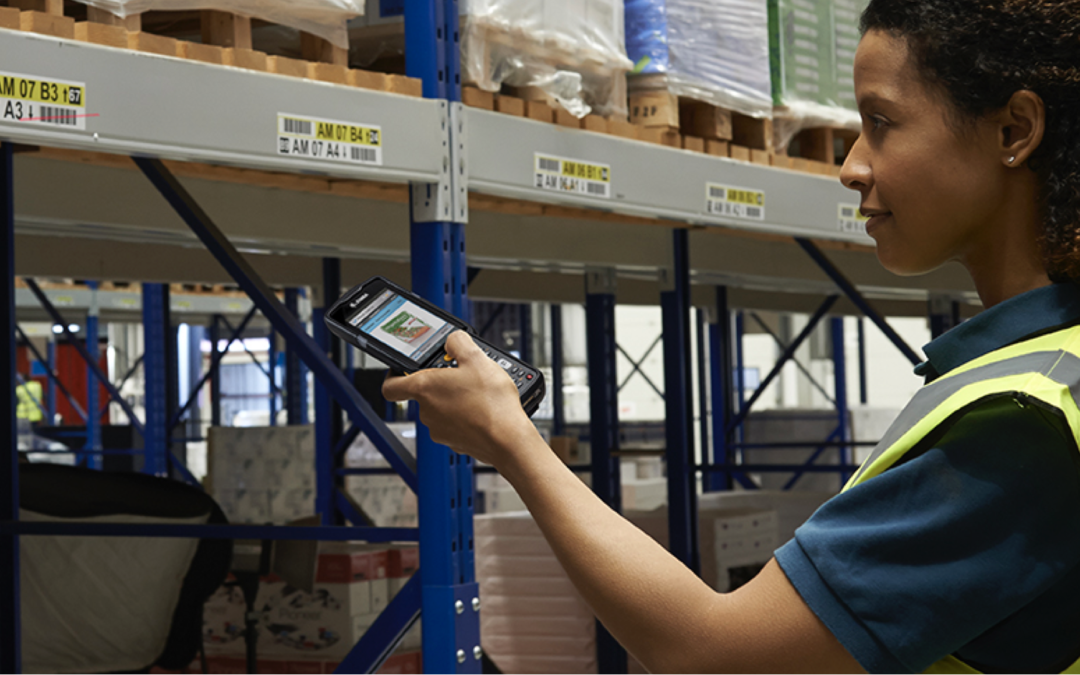In the first article of this two-part series, the most common causes of unreadable barcode issues were revealed. This article brings forth solutions to low contrast, quiet zone violations, damage distortion, incorrect symbology, wrong label/ribbon combination, and speed of printing problems.
Some solutions require trouble shooting your equipment and specification requirements. Others require updating technology, which can save you more money and time in the long run. This article about solutions includes:
- Checking label substrates for reflectivity and contrast
- Checking label specifications
- Mitigating damage with alternative labels solutions
- Verifying the label symbology
- Using the correct label and ribbon combination
- Upgraded technology that can handle faster printing
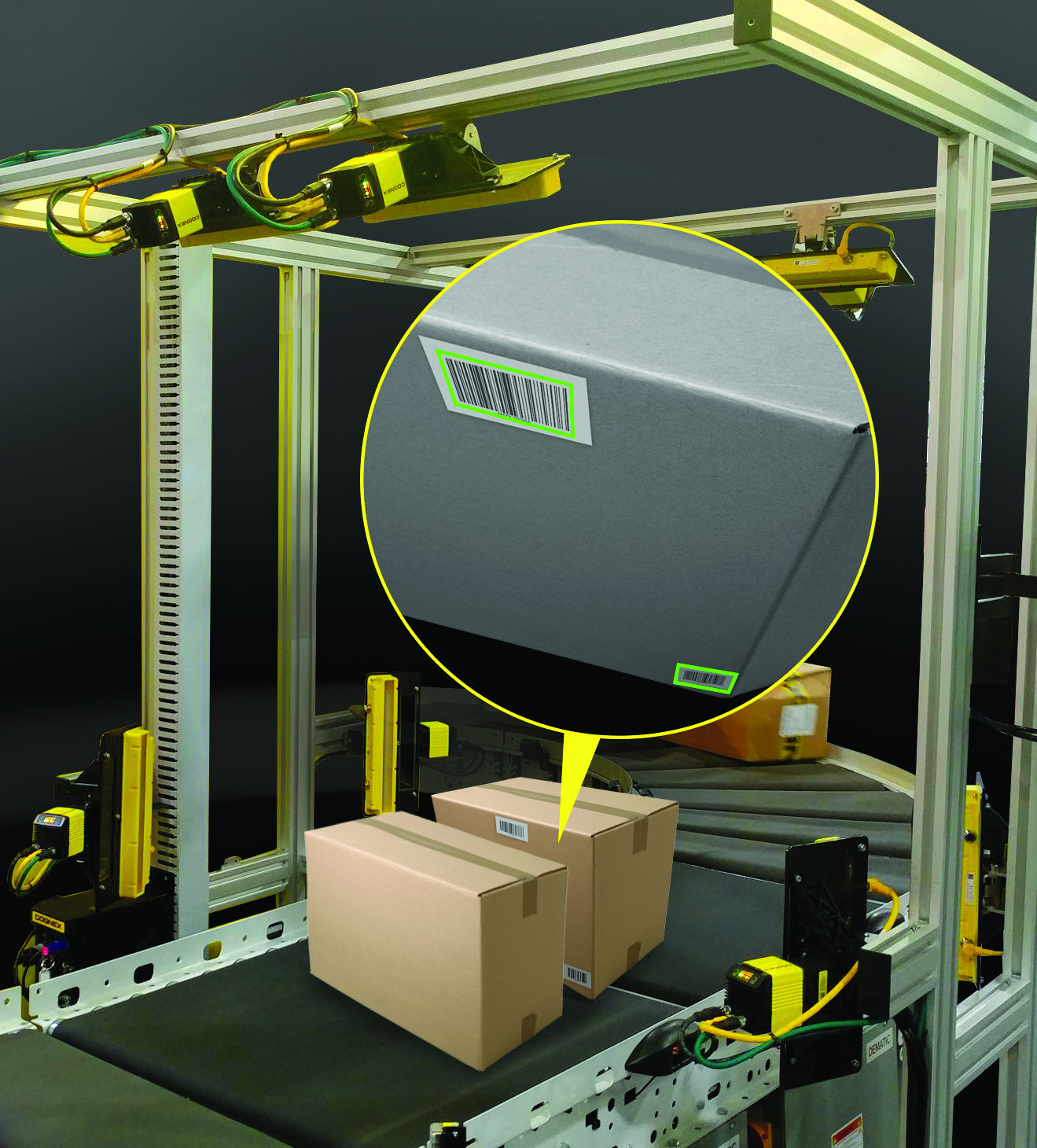
A barcode label printer must be able to create uniformly light and dark elements across the entirety of a label.
Reflectivity and Contrast
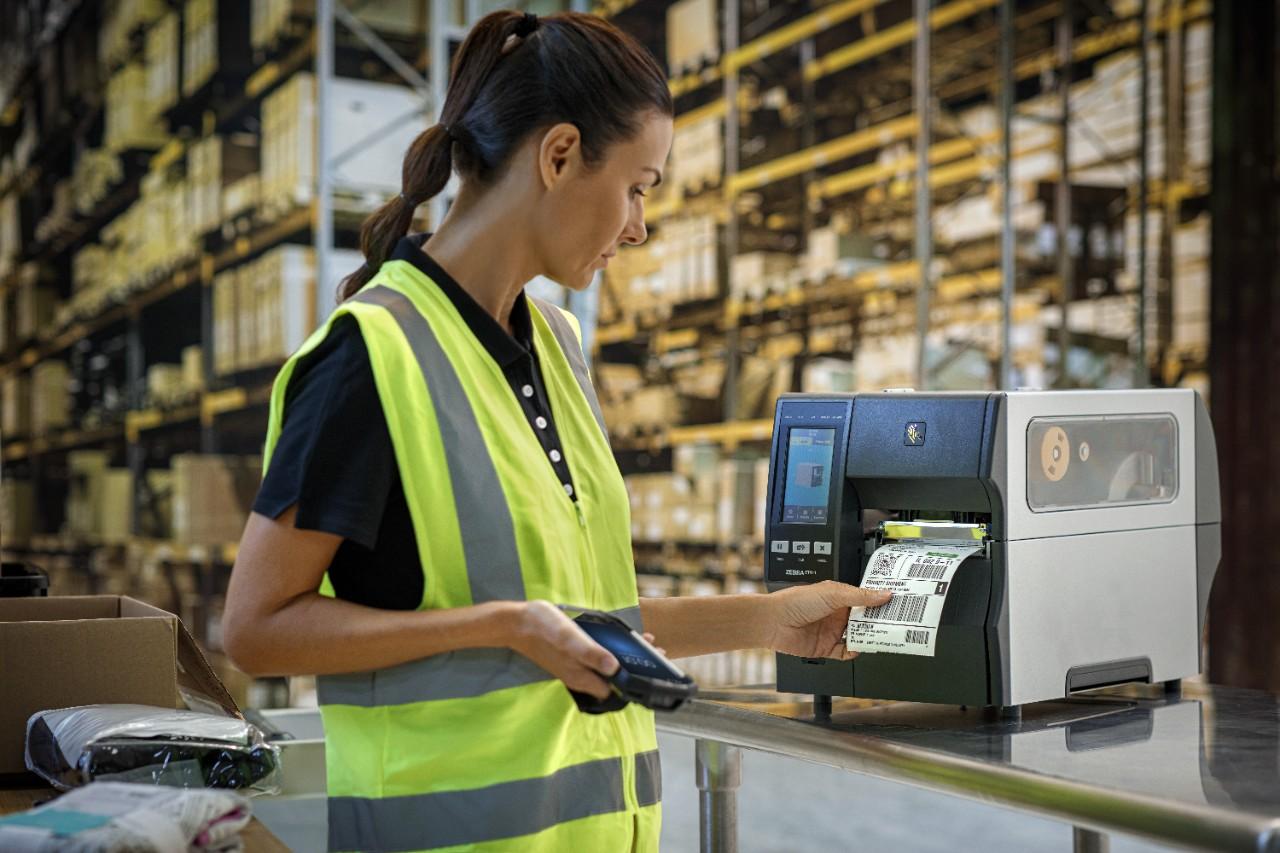
A barcode label printer must be able to create uniformly light and dark elements across the entirety of a label. Any variations in the label substrates, harsh shadows, or reflections caused by lighting can cause a no-read or a mis-read.
This can be solved by using label substrates that aren’t highly reflective and offer enough contrast to the barcode itself. Adjust the printer to ensure the ribbon is evenly applied across the entire barcode label.
Ensure the barcode reading equipment you are using provides adequate lighting for proper reading. Imaging-based scanners for 2D barcodes have a higher tolerance for contrast.
Clean Quiet Zones
Quiet zones surround every barcode to let scanners know where the barcode is in comparison to the surrounding material. This area surrounding the barcode must be free of text and marks for a scanner to read the barcode accurately.
Make sure the specifications for your barcode printing are correct. Adjust barcode label printing processes to meet quiet zone specifications. If necessary, increasing the label size could solve unintended marking in the quiet zone. For space constrained applications, high-performance scanning solutions are available to tolerate less-than minimum quiet zones.
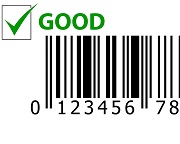
Minimize Damage and Distortion
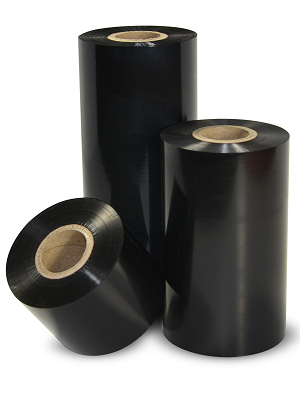
Damage or distortion to a barcode can happen anywhere from printing, manufacturing, during shipping, and at the end user. You cannot always prevent damage from happening, but you can mitigate against it.
Alter the printing method, ribbon, adhesive, and label substrates to something that can better handle operating conditions, shipping, and environmental conditions. Use specific labels that are stronger and more durable for transportation and harsh environments.
There are substrates, print materials and adhesives designed to withstand abrasion, exposure to sunlight, or high levels of moisture without being damaged. ARMOR’s AXR EL thermal transfer ribbon, for example, is specially designed to provide sharp, durable barcodes on electronics and printed circuit boards that are resistant to soldering and cleaning processes used in that industry.
Verify Symbology
Incorrect symbology used in 2D barcodes can generate the wrong information for the product it is attached to. Using barcode verifiers can make sure barcodes are readable. Verifiers are designed for accuracy and repeatability, checking your barcodes for the highest ANSI or ISO quality using a pass/fail or letter grade.
There was a time when the only verify option was a handheld verifier, which you would randomly verify barcodes on either on the shop floor or randomly while the barcode labels were printing (usually in the beginning, middle, and end of the stream). The Honeywell PX940 is a barcode label printer with a built in barcode verifier. This first-of-its-kind industrial printer and barcode verifier combined into one device, produces defect-free barcodes with 100% accuracy every time. The printing system has the built-in verifier to verify EVERY barcode, regardless of the direction.
Certain types of barcode symbols are designed to be readable even when damaged, such as a Data Matrix 2D symbol. Cognex DataMan 2-D Data Matrix Verifiers increase productivity and enhance accuracy. can be read even if as much as half the code is damaged. You can also use a fixed mount barcode scanner, mounted in different areas on the line. Some of the mounted devices can communicate to a diverter to move a product to the side for further verification.
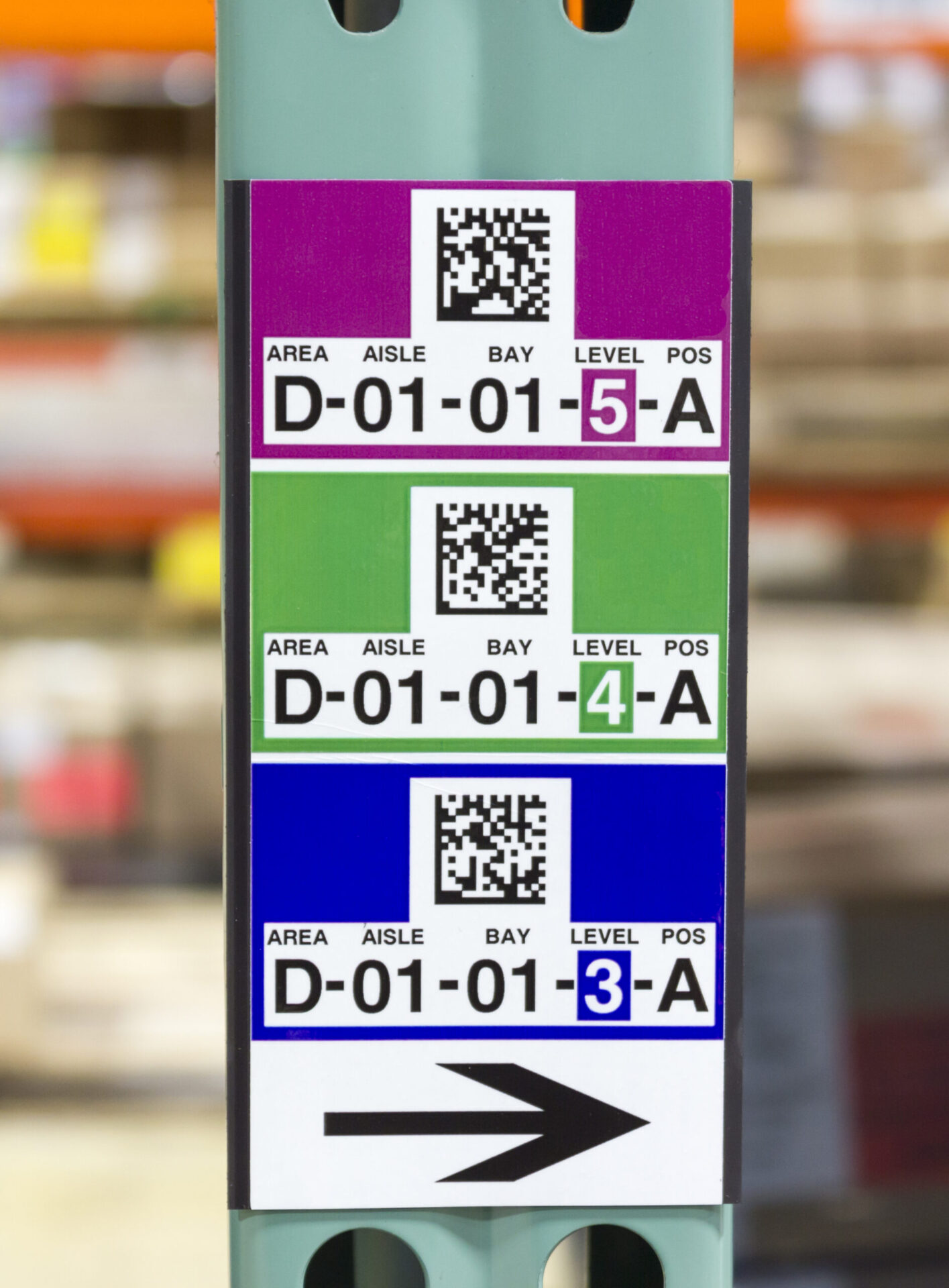
Use the Correct Label and Ribbon Combination
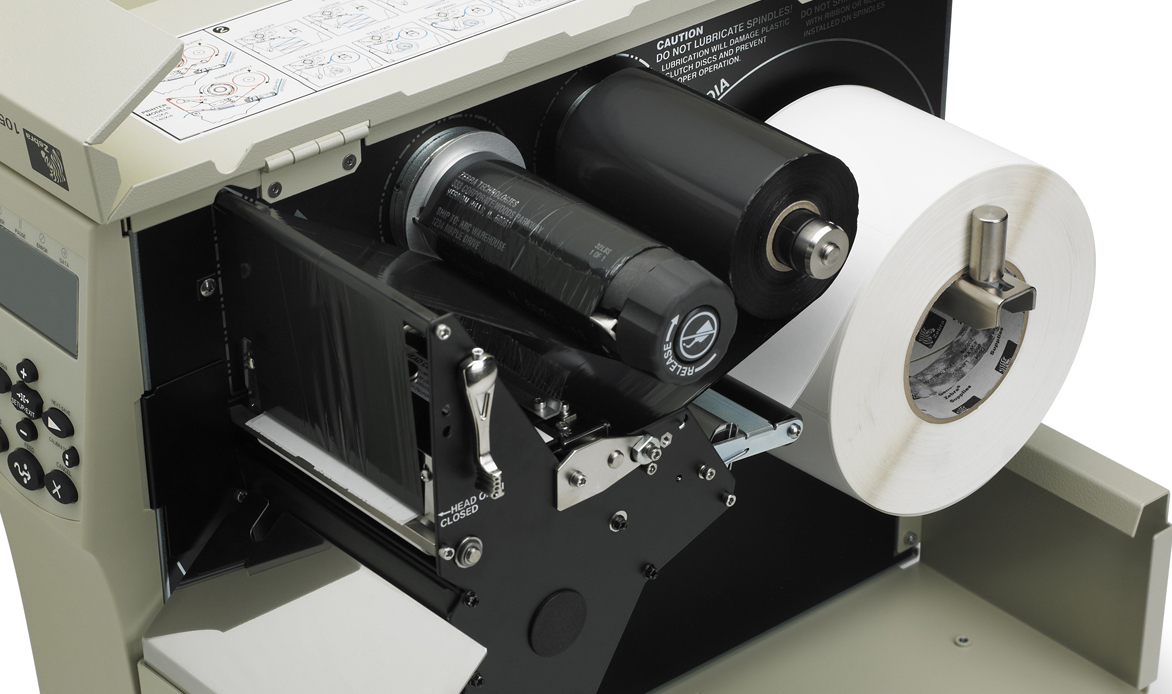
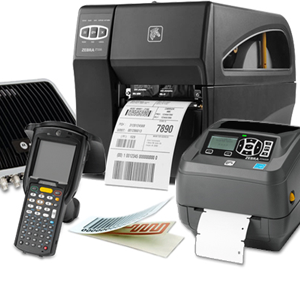
Using the correct label and ribbon combination to create a strong imaging for scanning. There are a variety of material, adhesives, and size options for barcode labels. Imprint offers 750 different types of stock labels from industrial leaders – thermal transfer, direct thermal, synthetic, and RFID are just a few of the options. Using the right combination will generate a stronger image that can hold up from begging to end-user.
Thermal barcode ribbons come in wax, wax/resin, and resin materials. Wax ribbon (paper-based material) is the most commonly used material due to its low cost and ease of use. Most applications will be well served by paper-based media unless you are in a rugged or high moisture environment. When using thermal transfer paper media, you will need to use a wax ribbon.
Wax/resin ribbon (polypropylene-based material) is a plastic material that is a great solution for applications that require a more rugged barcode label, as long as it is not being exposed to the outdoors or coming into contact with aggressive chemicals. Polypropylene is water-resistant and will not easily tear. When using thermal transfer polypropylene media, you will need to use a wax/resin ribbon.
Resin ribbon (polyester-based material) is the most rugged of materials you can use and is mostly used for very extreme environments. Applications involving outdoor use, harsh conditions, or exposure to chemicals are typically the environments in mind. When using thermal transfer polyester media, you will need to use a full resin ribbon.
Upgrade Printing Technology
Faster barcode label printing requires upgraded technology that can handle the heat generated by the speed of printing. Print head temperature must be balanced with print speed, but higher temperatures are not an exact compensation for higher print speed, and neither is lower print head temperature and slower print speed. You can always check your balance with a barcode label verifier.
If you can control the format and printing of the label, picket fence printing is the best way to go with faster printing. Printing the barcode in ladder orientation challenges the print head timing to get bar widths precisely right. Picket fence orientation is much easier for a thermal printer to achieve bar width.
Take Control of Your Barcode Labels
Unreadable barcodes do not have to be the bane of your company. You may have been experiencing fines and chargebacks, but you can take fix unreadable barcode issues with any of the solutions provided. Using proper techniques, verification technology, and printing technology will help to minimize unreadable barcode issues.
Faster barcode label printing requires upgraded technology that can handle the heat generated by the speed of printing.
Techniques and technology include ribbon and label substrates, checking specifications and label size, altering printing method, ribbon, adhesive, and label substrates, verifying barcode symbology, using the proper label and ribbon combination, and upgrading your technology for faster printing.
Imprint has the solutions you need to eliminate unreadable barcodes.
Contact Imprint today to discuss which solution is the best for you
